
Browse an alphabetical list of articles about the Holocaust and World War II. Learn more about topics such as the Nazi rise to power, how and why the Holocaust happened, life in Nazi camps and ghettos, and the postwar trials.
<< Previous | Displaying results 151-173 of 1105 for "Article" | Next >>
Explore key events in the history of the Belzec killing center in the Nazi camp system. It was constructed for the sole purpose of murdering Jews.
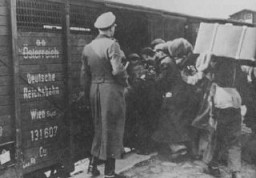
Ben Ferencz investigated and prosecuted Nazi crimes and devoted his career to creating an international system of justice. Learn about his activities and impact.
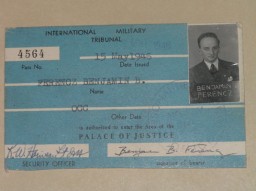
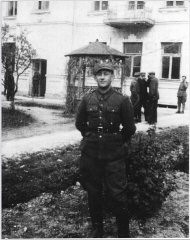
Benito Mussolini’s Fascist takeover of Italy was an inspiration and example for Adolf Hitler and the Nazi Party in Germany. Learn more.
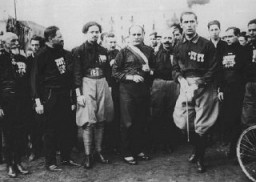
Benjamin Barr Lindsey was an American judge and champion of progressive causes. His works were among those burned under the Nazi regime in 1933. Learn more.
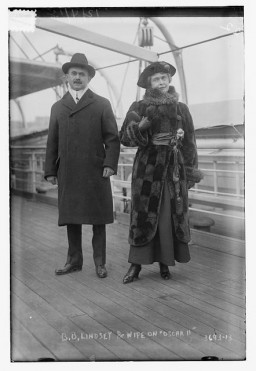
Read the Jewish Partisan Educational Foundation's short biography of Benjamin Levin.
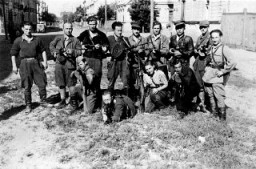
Benjamin Meed, member of the resistance in Warsaw and later a leader of the survivor community, was a founder of the US Holocaust Memorial Museum.
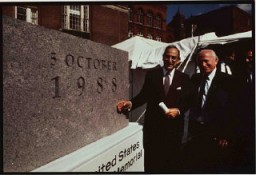
After WWII, many Holocaust survivors, unable to return to their homes, lived in displaced persons camps in Germany, Austria, and Italy. Read about Bensheim DP camp.
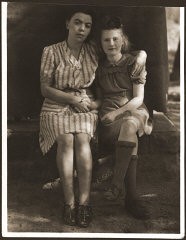
At the Berga-Elster subcamp of Buchenwald, prisoners were forced to do dangerous and brutal work in tunnels to support fuel production for the German war effort.
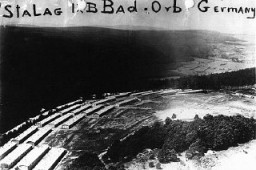
Learn about the history of the Bergen-Belsen camp during WWII and the Holocaust until its liberation by British forces in April 1945.
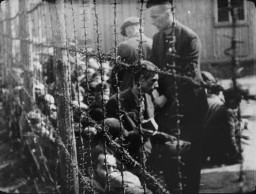
After WWII, many Holocaust survivors, unable to return to their homes, lived in displaced persons camps in Germany, Austria, and Italy. Read about Bergen-Belsen DP camp.

Learn about the sections of the Bergen-Belsen camp complex during WWII and the Holocaust until the camp's liberation by British forces in April 1945.
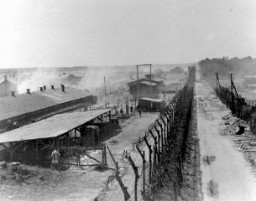
Explore a timeline of the history of the Bergen-Belsen camp in the Nazi camp system. Initially a POW camp, it became a concentration camp in 1943.
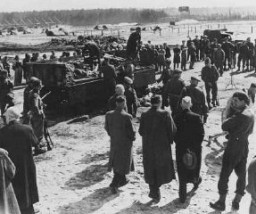
The Bergen-Belsen trial was one of the earliest war crime trials after World War II. Explore more about the trial and the Bergen-Belsen concentration camp.
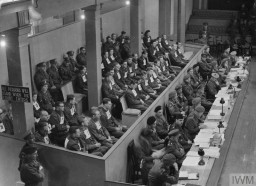
Berlin was home to Germany’s largest Jewish community. It was also the capital of the Third Reich and the center for the planning of the "Final Solution."
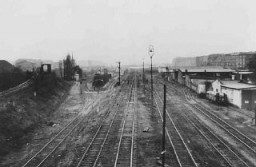
The Berlin-Marzahn camp was established a few miles from Berlin's city center, for the detention of Roma, on the eve of the 1936 summer Olympics.

Read the Jewish Partisan Educational Foundation's short biography of Bernard Druskin.
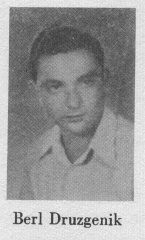
Read the Jewish Partisan Educational Foundation's short biography of Bernard Musmand.
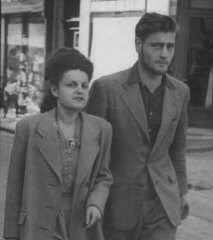
Bernburg was the fifth of six centralized killing centers established by German authorities within the context of the Nazi “euthanasia,” or T4, program.
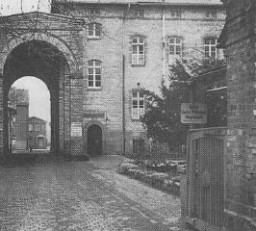
Bertolt Brecht was a leading German dramatist, well known for his political films and plays. His works were burned during the Nazi book burnings of 1933. Learn more.
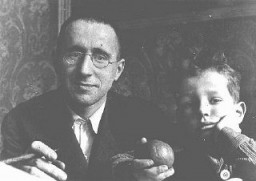
Overview of the Soviet and German occupations of Bialystok, the establishment of a ghetto there, deportations, uprising, and liberation.
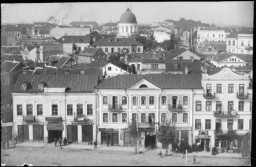
Under the protection of the Bielski partisan group, founded by brothers Tuvia, Asael, and Zus, over 1,200 Jews survived after fleeing into forests in western Belarus.
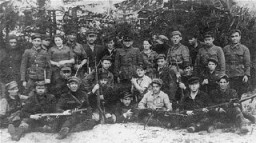
Between 1933-1939, Nazi eugenics and racial hygiene led to policies like mass sterilization and criminalizing marriage between Jews and non-Jews.

We would like to thank Crown Family Philanthropies, Abe and Ida Cooper Foundation, the Claims Conference, EVZ, and BMF for supporting the ongoing work to create content and resources for the Holocaust Encyclopedia. View the list of donor acknowledgement.